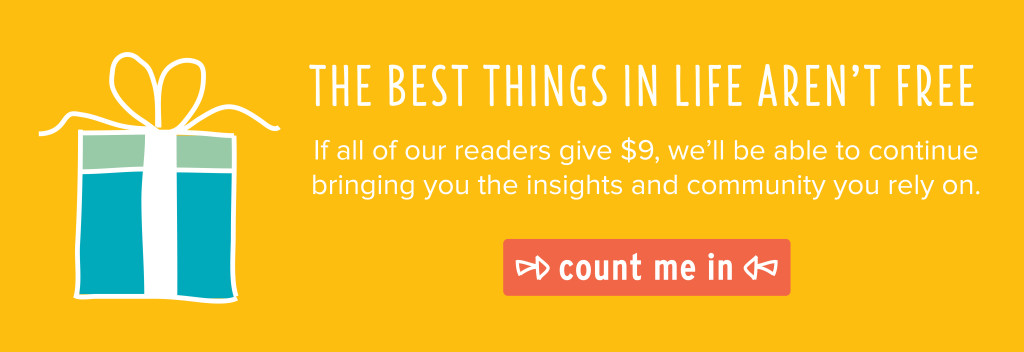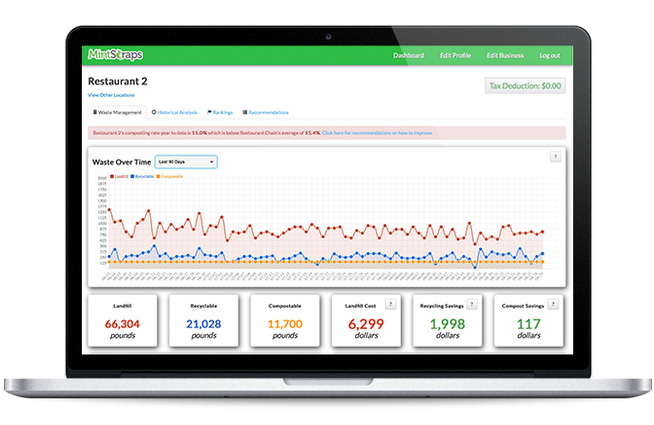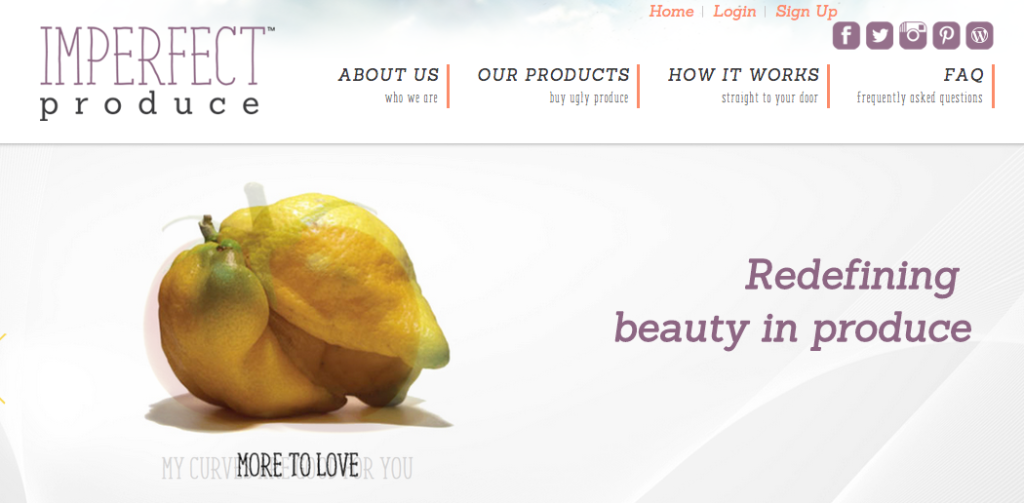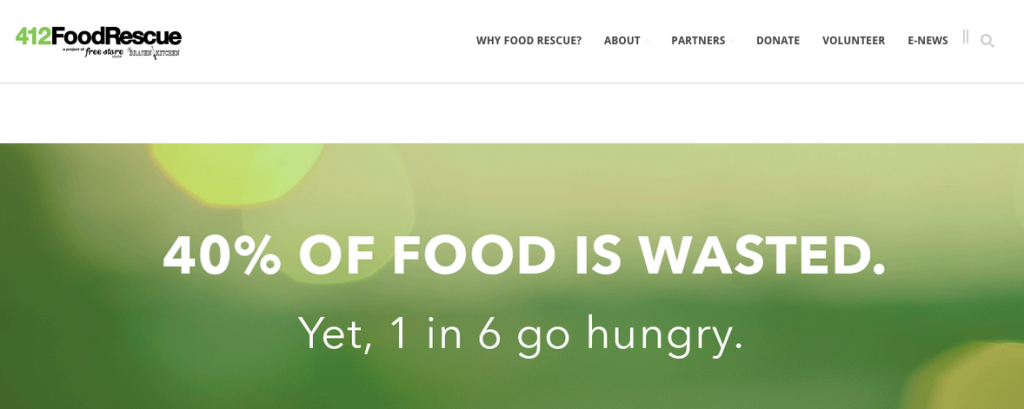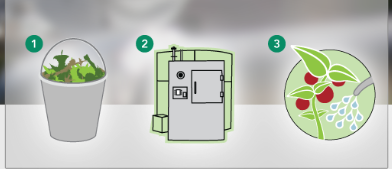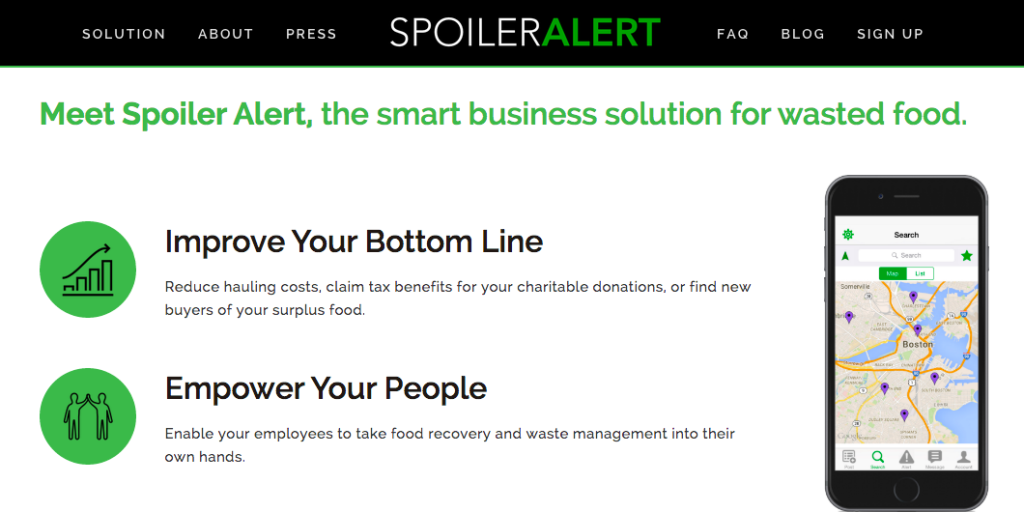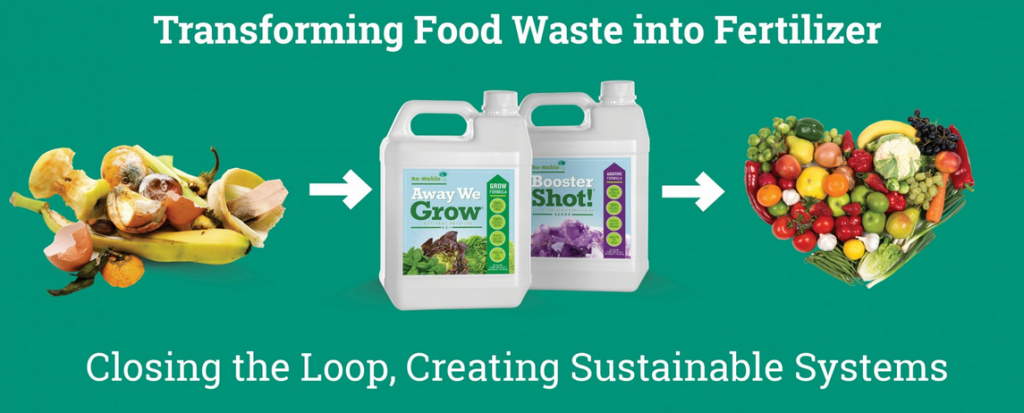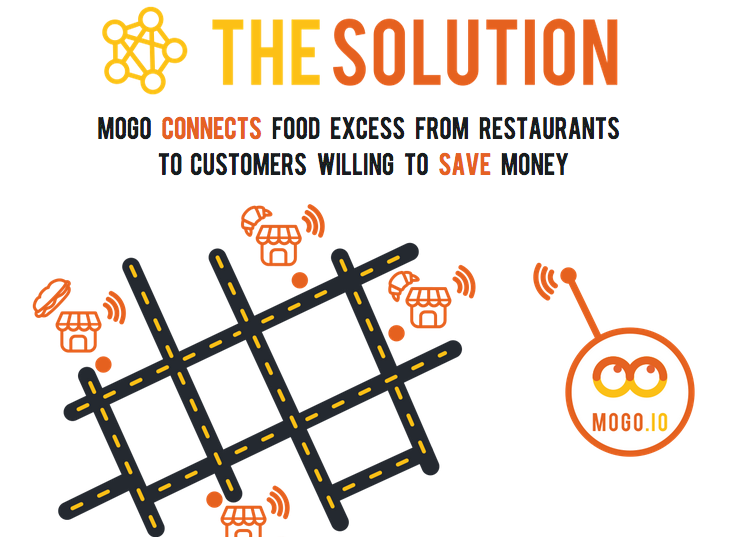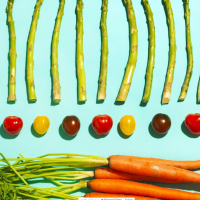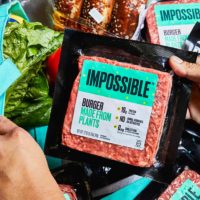Food Waste is a massive problem. One third of all food produced in the world goes to waste. From restaurant scraps, to grocers disposing of imperfect produce, to spoiled food, roughly $400B in food ends up in landfills every year resulting in 3.3 billion metric tons of greenhouse gases annually.
Last week, world leaders dinned on food scraps at the United Nations – a meal prepared by former White House chef Sam Kass and renowned chef Dan Barber of Blue hill in an attempt to “put food on the climate change agenda,” Kass tells The New Yorker. Food waste is hot. Scores of companies are building technologies to help reduce waste across the supply chain, from farming and distribution to restaurants and home-cooking. We’ve rounded up some of the most innovative companies below.
Want to dig deeper into food waste? We’re hosting our Food Waste Innovation Meetup on Wednesday, October 21 in NYC. Hear from some of the innovators below and enjoy food waste-inspired snacks, drinks and networking with the food tech and innovation community. RSVP here.
Mintscraps
MintScraps wants to take a bite out of restaurant food waste. The a software-as-a-service (SaaS) platform helps restaurants monitor and reduce their waste. Using sensor technology, Mintscraps gives restaurants real-time waste data and helps them identify potential cost savings. It also allows operators to monitor for inefficiencies and waste generation patterns to help streamline operations and cut costs. Founder Tony Vu will be speaking at our Food Waste Meetup on 10.21. RSVP here.
Pareup
Pareup is like Groupon for food. The app connects eaters with unsold, unexpired food at a discounted price. It helps retailers and restaurants make additional revenue while reducing their food waste, and it offers eaters access to perfectly good food that would otherwise be wasted. Pareup makes a profit by taking a small fee from every transaction, but the app is free to download for eaters. It is currently available in New York City.
Zero Percent
Zero Percent puts surplus food to good use. Its app lets restaurants and retailers list their leftover food and then sends texts to food pantries, soup kitchens, etc. to let them know what’s available. The startup handles pick up and delivery of the food. Its software also provides users with analysis and reporting features to help them waste less, and it tracks donations made so that giving organizations can take tax deductions. The Chicago-based startup has 322 donors, has worked with 279 non-profits and has donated 740k meals since launching in 2012.
Imperfect
Imperfect is bringing “ugly” produce to the masses one box at a time. The subscription service delivers discounted produce that would otherwise be wasted (perfectly edible, but misshapen or slightly discolored). The startup’s goal is to repurpose produce that retailers and distributors reject while helping generate extra revenue for farmers and making local produce more affordable. The California-based company sources from growers across the state and delivers boxes directly to customers’ doors. Its small vegetable box costs $12 for 10-14 pounds of produce and its large fruit and vegetable box costs $18 for 17-20 pounds.
412 Food Rescue
412 Food Rescue works with food retailers, wholesalers, restaurants, caterers, universities and more to rescue and deliver un-sellable food to organizations that serve people who are food insecure. The startup’s app employs machine learning algorithms to efficiently match available food to a beneficiary organization’s particular needs. It is launching a beta version in the coming weeks, as well as a pilot program in Pittsburgh, PA. Founder Leah Lizarondo will be speaking at our Food Waste Meetup on 10.21. RSVP here.
WiSErg
WISErg’s Harvester machine up-cycles food waste into fertilizer. It works with retailers, grocers and commercial kitchens to convert their food waste into nutrient-rich organic fertilizer with no mess, odor or sewage output. WISErg’s technology also provides customers with data and analytics to better understand drivers of waste and how to improve inventory management. Check out WISErg founder Larry LeSueur’s guest post ‘Upcycling Food Waste into Fertilizer to Catalyze a New Green Revolution‘.
Spoiler Alert
Similar to Zero Percent, Spoiler Alert offers a B2B marketplace for surplus food. The Boston-based startup connects retailers, producers and suppliers to charitable organizations, as well as companies that make fertilizer and animal feed from food scraps. It also offers a service that helps organizations find new buyers for their surplus food at a discounted price. Spoiler Alert’s app is currently free to use for users, but it aims to monetize by making commissions on food sales, as well as by offering a software-as-a-service subscription for businesses to help with accounting and tax recording for donations.
Re-Nuble
Re-Nuble wants to create a closed loop indoor agriculture system by converting food waste into liquid fertilizer. It works with community farms and restaurants to source food scraps. Using its proprietary technology, it then combines food scraps with plant based supplements to create 100% organic fertilizers that produce high yields for less than the chemical alternatives. Founder Tinia Pina will be speaking at our Food Waste Meetup on 10.21. RSVP here.
Hungry Harvest
Similar to Imperfect, Hungry Harvest offers a subscription service for “ugly” fruits and vegetables. The Maryland-based startup recovers surplus produce from farmers and wholesalers and delivers them to customers’ doors. For every delivery Hungry Harvest makes, it donates a healthy meal to someone in need via their network of partner food pantries and charitable organizations. It offers $15, $25 and $35 subscription boxes.
MOGO
MOGO aims to repurpose the 10 percent of food that the average restaurant has leftover every day. The app and web platform connect consumers to a network of restaurants that offer leftover food at a discounted price. Restaurants list their offerings and customers select their meal and pay through the platform. The Berkeley, CA-based startup is targeting quick service and fast casual restaurants. The platform is free for users now, but Mogo plans to monetize by charging restaurants a monthly fee depending on their sales generated through the app.

